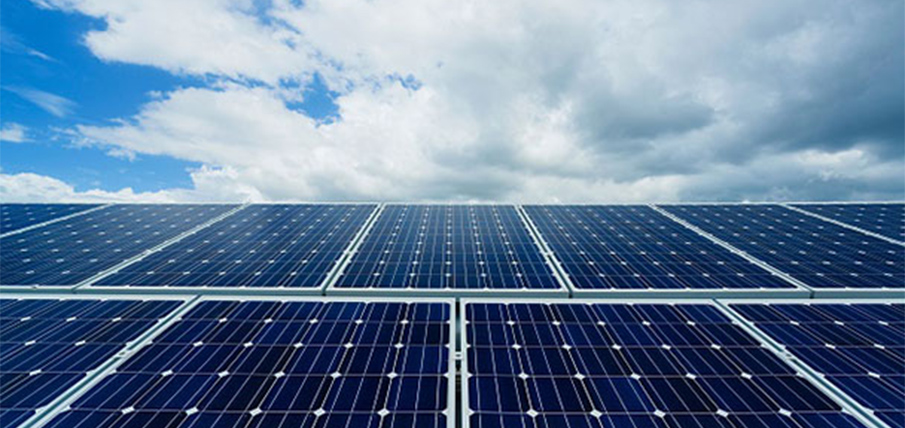Changes to requirements for inverter energy systems above 200kW

The existing South Australian electricity distribution network was designed based on the future demand expected to be drawn from the network.
While we support new generation connections, we are experiencing ‘reverse’ energy flow, that at times, exceeds the network distribution design limits of cables and transformers. Our distribution network has limited capacity in both directions.
In particular, solar generating systems by nature provide maximum power output during the middle of the day when there is typically low energy demand on the network and reduces before the peak demand period (5pm – 8pm). With the significant number of solar installations, there is a greater need to manage this while ensuring all customers receive a reliable supply and opportunity to trade into the market.
With this amount of generation (‘reverse’ energy flow), starting to exceed a higher than the required demand (‘forward’ energy flow), this will drive the requirement of future investment in the network.
To enable the maximum generation to be delivered into the network, it is important that SA Power Networks has the ability to monitor and control generation export levels to within the network design limits and meet our electricity supply obligations.
Without the ability to monitor and control generation export levels, future proponents of new embedded generation facilities may be restricted such as:
- not being able to connect to a specific part of the network due to the existing amount of generation in that area
- not being able to connect without incurring a high cost for network augmentation
- the capacity of the connection will be significantly constrained due to other generating systems on the grid.
Currently, SA Power Networks has visibility of systems greater than 1MW, but with the large amount of systems being introduced between 200kW and 1MW there is a need to monitor these systems to avoid constraints
As a result, TS131 – Inverter Energy Systems (IES) above 200kW or Any Size Rotating Generating System has been updated to include these additional monitoring requirements for systems between 200kW and 1MW to assist in monitoring and controlling dispatch levels. SA Power Networks is continuing to investigate ways to maximise the export of energy from generators without exceeding network capacity constraints.
These additional requirements set out in TS131 (dated March 2018) are effective from 6 March 2018 with a grace period up to 1 August 2018. Where applicable, Applications to Connect submitted prior to 1 August 2018 may be carried out in accordance with the previous version of TS131 (dated January 2015). The requirements under the grace period will not apply for those generating systems that are deemed by SA Power Networks to result in a network constraint.
In addition, the grace period will allow more time to gain wider industry participation. For any further inquiries regarding the updating of TS131 please email networkstandards@sapowernetworks.com.au
Authorised by: Jehad Ali, Manager Networks Standards and Performance, SA Power Networks